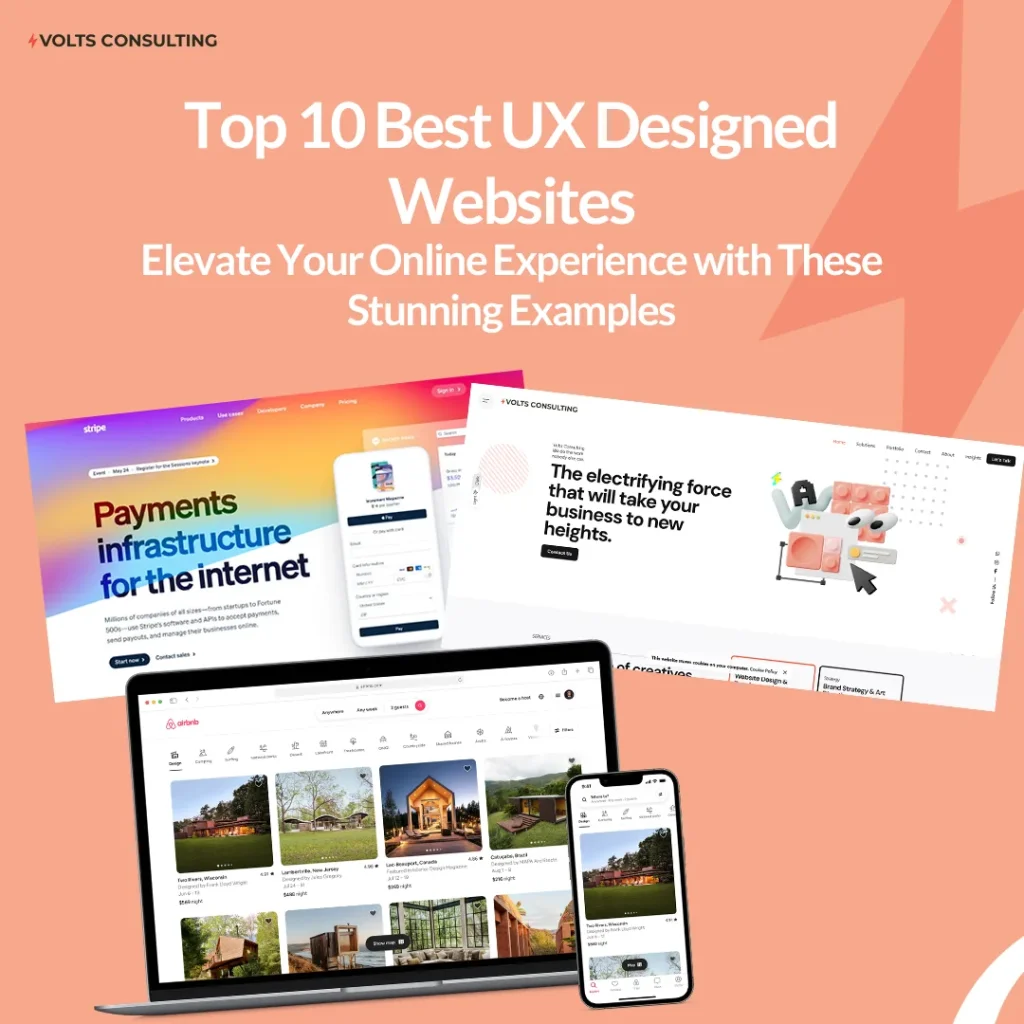Top 10 Considerations for Webflow Website Development
Introduction
Webflow is a powerful no-code website builder that empowers businesses to create stunning, responsive websites without writing a single line of code. However, to ensure a successful Webflow website development project, it’s crucial to consider several key factors.
1. Define Your Target Audience
Understanding your target audience is paramount. Consider their demographics, interests, and online behavior. This will guide your website’s design, content, and overall user experience.
2. Establish Clear Goals
Determine the specific objectives you want your website to achieve, such as lead generation, e-commerce sales, or brand awareness. This will help you prioritize features and measure the success of your website.
3. Choose a Responsive Design
In today’s mobile-first world, it’s essential to ensure your website adapts seamlessly to different screen sizes. Webflow’s responsive design capabilities make it easy to create websites that look great on any device.
4. Optimize for Search Engines (SEO)
Make your website discoverable by search engines like Google. Implement SEO best practices, such as keyword optimization, meta tags, and structured data, to improve your website’s ranking in search results.
5. Prioritize User Experience (UX)
Create a website that is easy to navigate, visually appealing, and provides a seamless user experience. Consider factors such as page load speed, intuitive navigation, and clear call-to-actions.
6. Leverage Webflow’s Features
Webflow offers a wide range of features, including e-commerce functionality, CMS integration, and advanced animations. Explore these features to enhance your website’s capabilities and meet your specific needs.
7. Consider Integrations
Integrate your website with other tools and services, such as CRM systems, email marketing platforms, and social media channels. This will streamline your workflow and enhance the functionality of your website.
8. Ensure Accessibility
Make your website accessible to all users, including those with disabilities. Implement accessibility features such as alt text for images, closed captions for videos, and keyboard navigation.
9. Test and Iterate
Thoroughly test your website before launch to identify and resolve any issues. Use tools like Google Analytics to track website performance and make data-driven improvements over time.
10. Partner with a Webflow Expert
Consider partnering with a Webflow expert like Volts Consulting. Our team of experienced Webflow developers can guide you through the entire development process, ensuring a high-quality, results-driven website.
Conclusion
By considering these top 10 factors, you can create a successful Webflow website that meets your business objectives, engages your target audience, and provides an exceptional user experience. Remember to prioritize user experience, leverage Webflow’s features, and partner with experts to maximize the potential of your website.
Ready to elevate your online presence with a stunning Webflow website? Contact Volts Consulting today to schedule a consultation.




